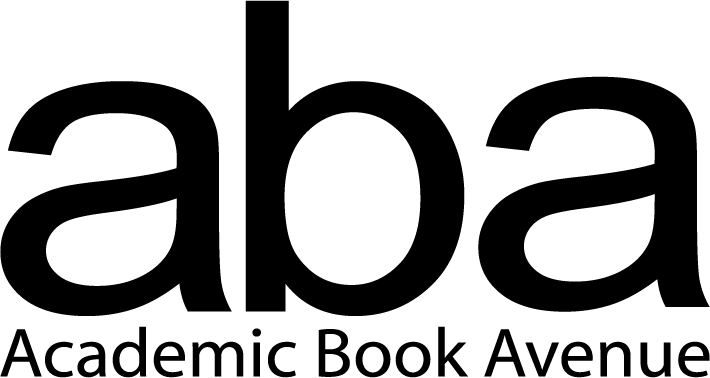Linear Algebra and Its Applications, Global Edition, 6th edition
- Regular price
- RM 119.00
- Sale price
- RM 119.00
- Regular price
-
RM 119.00
Share
- David C. Lay
- Steven R. Lay
- Judi J. McDonald
- 6th edition | Published by Pearson (July 14th 2021) - Copyright © 2021
- ISBN-13: 9781292351216
For courses in Linear Algebra.
Fosters the concepts and skills needed for future careers
Linear Algebra and Its Applications offers a modern elementary introduction with broad, relevant applications. With traditional texts, the early stages of the course are relatively easy as material is presented in a familiar, concrete setting, but students often hit a wall when abstract concepts are introduced. Certain concepts fundamental to the study of linear algebra (such as linear independence, vector space, and linear transformations) require time to assimilate — and students' understanding of them is vital.
Lay, Lay, and McDonald make these concepts more accessible by introducing them early in a familiar, concrete ℝn setting, developing them gradually, and returning to them throughout the text so that students can grasp them when they are discussed in the abstract. The 6th Edition offers exciting new material, examples, and online resources, along with new topics, vignettes, and applications.
1. Linear Equations in LinearAlgebra
Introductory Example: LinearModels in Economics and Engineering
1.1 Systems of Linear Equations
1.2 Row Reduction and EchelonForms
1.3 Vector Equations
1.4 The Matrix EquationAx= b
1.5 Solution Sets of LinearSystems
1.6 Applications of Linear Systems
1.7 Linear Independence
1.8 Introduction to LinearTransformations
1.9 The Matrix of a LinearTransformation
1.10 Linear Models in Business,Science, and Engineering
Projects
Supplementary Exercises
2. Matrix Algebra
Introductory Example: ComputerModels in Aircraft Design
2.1 Matrix Operations
2.2 The Inverse of a Matrix
2.3 Characterizations ofInvertible Matrices
2.4 Partitioned Matrices
2.5 Matrix Factorizations
2.6 The Leontief Input—OutputModel
2.7 Applications to ComputerGraphics
2.8 Subspaces ofℝn
2.9 Dimension and Rank
Projects
Supplementary Exercises
3. Determinants
Introductory Example: Random Pathsand Distortion
3.1 Introduction to Determinants
3.2 Properties of Determinants
3.3 Cramer’s Rule, Volume, andLinear Transformations
Projects
Supplementary Exercises
4. Vector Spaces
Introductory Example: Space Flightand Control Systems
4.1 Vector Spaces and Subspaces
4.2 Null Spaces, Column Spaces,and Linear Transformations
4.3 Linearly Independent Sets;Bases
4.4 Coordinate Systems
4.5 The Dimension of a VectorSpace
4.6 Change of Basis
4.7 Digital Signal Processing
4.8 Applications to DifferenceEquations
Projects
Supplementary Exercises
5. Eigenvalues and Eigenvectors
Introductory Example: DynamicalSystems and Spotted Owls
5.1 Eigenvectors and Eigenvalues
5.2 The Characteristic Equation
5.3 Diagonalization
5.4 Eigenvectors and LinearTransformations
5.5 Complex Eigenvalues
5.6 Discrete Dynamical Systems
5.7 Applications to DifferentialEquations
5.8 Iterative Estimates forEigenvalues
5.9 Markov Chains
Projects
Supplementary Exercises
6. Orthogonality and Least Squares
Introductory Example: The NorthAmerican Datum and GPS Navigation
6.1 Inner Product, Length, andOrthogonality
6.2 Orthogonal Sets
6.3 Orthogonal Projections
6.4 The Gram—Schmidt Process
6.5 Least-Squares Problems
6.6 Machine Learning and LinearModels
6.7 Inner Product Spaces
6.8 Applications of Inner ProductSpaces
Projects
Supplementary Exercises
7. Symmetric Matrices andQuadratic Forms
Introductory Example: MultichannelImage Processing
7.1 Diagonalization of SymmetricMatrices
7.2 Quadratic Forms
7.3 Constrained Optimization
7.4 The Singular ValueDecomposition
7.5 Applications to ImageProcessing and Statistics
Projects
Supplementary Exercises
8. The Geometry of Vector Spaces
Introductory Example: The PlatonicSolids
8.1 Affine Combinations
8.2 Affine Independence
8.3 Convex Combinations
8.4 Hyperplanes
8.5 Polytopes
8.6 Curves and Surfaces
Projects
Supplementary Exercises
9. Optimization
Introductory Example: The BerlinAirlift
9.1 Matrix Games
9.2 Linear Programming–GeometricMethod
9.3 Linear Programming–SimplexMethod
9.4 Duality
Projects
Supplementary Exercises
10. Finite-State Markov Chains(Online Only)
Introductory Example: GooglingMarkov Chains
10.1 Introduction and Examples
10.2 The Steady-State Vector andGoogle's PageRank
10.3 Communication Classes
10.4 Classification of States andPeriodicity
10.5 The Fundamental Matrix
10.6 Markov Chains and BaseballStatistics
Appendices
A. Uniqueness of the ReducedEchelon Form
B. Complex Numbers





